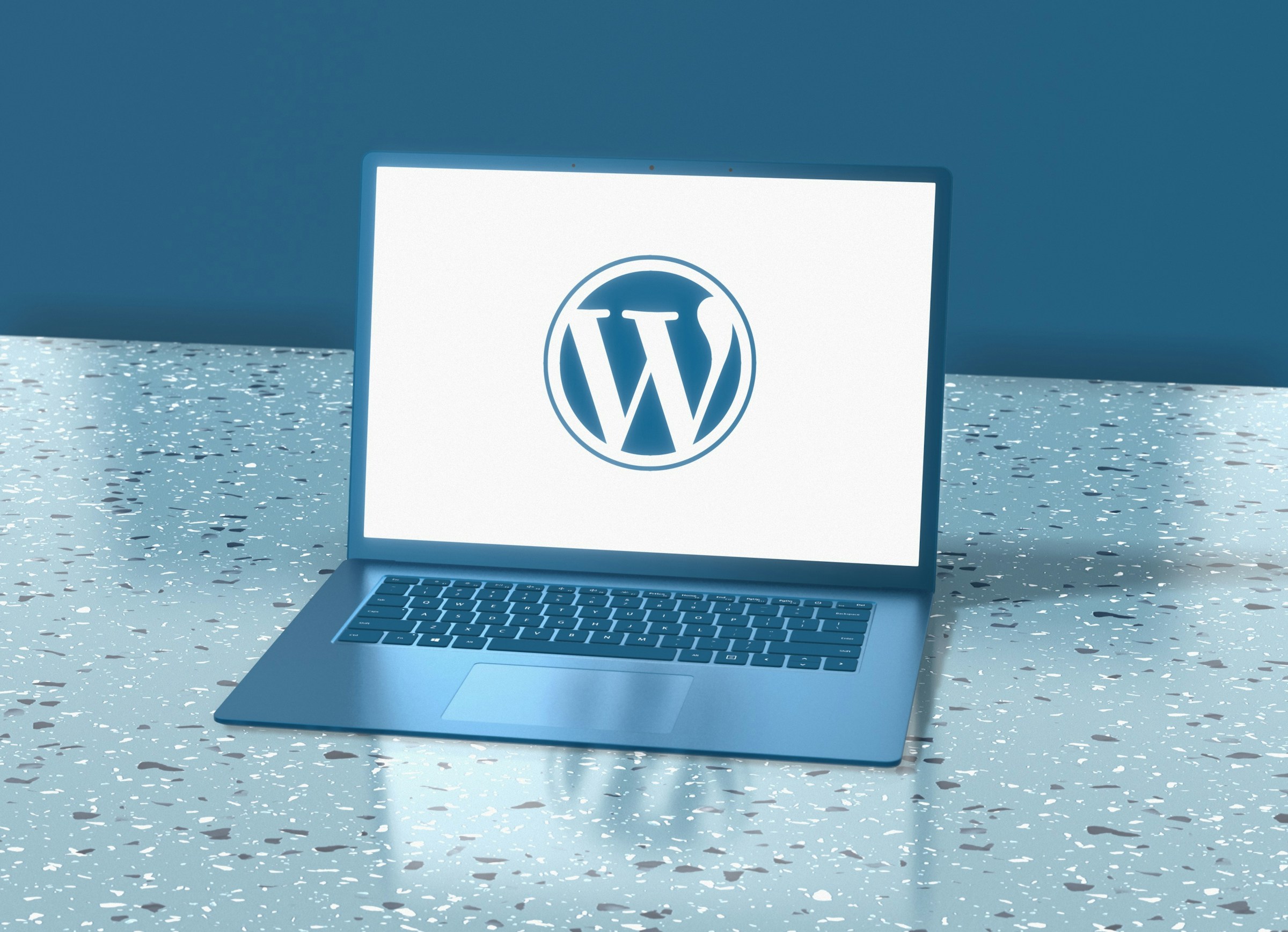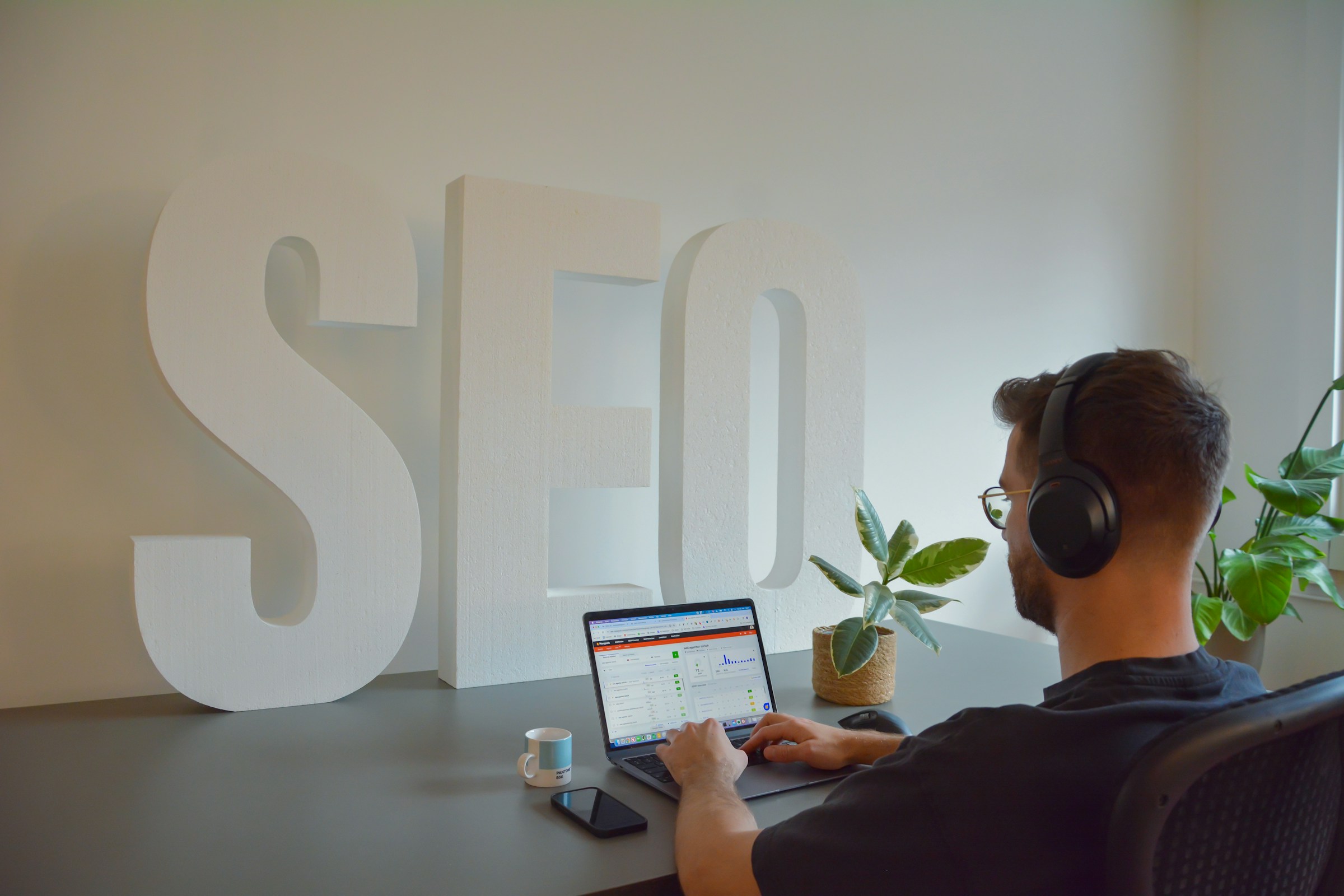Few things are more frustrating for visitors or for Google than clicking a link that leads nowhere. Broken links can quietly sabotage your website’s SEO, user experience, and overall credibility. Whether they’re caused by deleted pages, incorrect URLs, or old redirects, these silent issues can quickly add up, especially on WordPress sites with frequent content updates or plugin changes.
The good news? With the right strategy and a few simple tools, you can detect and fix broken links before they start harming your SEO.

What Are Broken Links?
A broken link, also known as a dead link, is any hyperlink that fails to lead users to the intended destination. Instead of reaching a page, users are greeted with a “404 Not Found” or similar error message.
These issues often happen when:
- You delete or rename a page but forget to update the internal links.
- An external site you linked to removes or changes its content.
- A typo slips into the URL structure.
- Redirects aren’t properly configured after a domain or permalink change.
On WordPress, broken links can multiply fast especially if you manage a blog or eCommerce store with hundreds of posts, products, or category pages.
How broken links affect SEO
At first glance, broken links might seem like a small technical glitch. But in SEO, they send negative signals to search engines in several key ways.
1. Poor user experience
Google’s algorithm is built to reward websites that provide a seamless and valuable experience. When users encounter broken links, they bounce off your site faster, signaling to search engines that your content isn’t meeting expectations. High bounce rates and low session durations can gradually pull your rankings down.
2. Wasted crawl budget
Search engines use “bots” to crawl and index web pages. Every website has a limited crawl budget, the number of pages Googlebot is willing to explore per session. Broken links waste that budget on dead ends, preventing important pages from being indexed quickly or accurately.
3. Loss of link equity
Backlinks are one of the strongest ranking factors in SEO. When a high-authority site links to a page that’s later deleted or moved without proper redirection, all that link value or “link juice” are lost. This weakens your site’s overall authority and can hurt your ability to rank for competitive keywords.
4. Damaged site credibility
From a user’s perspective, a broken link can make your website look neglected or untrustworthy. Even if your content is high-quality, frequent errors create an impression of poor maintenance, which can discourage visitors from returning or sharing your content.
How to detect broken links in WordPress
The first step toward fixing broken links is knowing where they are. Luckily, WordPress offers several reliable ways to identify these issues.
1. Use online tools and crawlers
Free tools like Ahrefs Broken Link Checker, Screaming Frog, or Google Search Console can help identify broken internal and external links. These tools crawl your site and generate detailed reports of URLs returning 404 or other error codes.
2. Install a broken link checker plugin
WordPress plugins such as Broken Link Checker automatically scan your site for dead links and missing images. You can set up alerts that notify you whenever a link goes bad, allowing you to fix issues directly from your dashboard.
However, note that continuous scans can slow down large sites. To avoid performance issues, use these tools periodically rather than leaving them active 24/7.
3. Audit external links regularly
Links to external websites often break due to domain changes or deleted pages. Schedule a quarterly audit to ensure your outbound links still lead to credible, active sources. This is especially important if you run a blog that references third-party content or research.
How to fix broken links (and prevent them)
Once you’ve found broken links, it’s time to repair them—and put systems in place to prevent future issues.
1. Redirect old URLs
The best practice is to set up 301 redirects for deleted or moved pages. This tells search engines the page has permanently moved and transfers most of its SEO value to the new URL. Plugins like WP 301 Redirects make this process simple and efficient, allowing you to manage all redirects from your WordPress dashboard without editing the .htaccess file.
2. Update internal links
If a page has changed location or name, update every internal reference that points to it. This keeps your site structure logical and helps both users and crawlers navigate your content smoothly.
3. Regular maintenance and monitoring
Make link checks part of your monthly site maintenance routine. If your WordPress site has multiple authors or editors, assign responsibility for link auditing to ensure nothing slips through the cracks.
4. Keep SEO in mind from the start
When publishing new content, always double-check URLs before hitting publish. Use descriptive, keyword-rich slugs and avoid unnecessary redirects in your link structure. This not only prevents errors but also strengthens your SEO foundation over time.

Why regular SEO maintenance matters
SEO isn’t a one-time setup, it’s an ongoing process that demands attention to detail. Many website owners focus on keyword rankings and backlinks but forget that technical health forms the backbone of sustainable growth.
Agencies like Fortis Media emphasize the importance of balancing on-page optimization with technical maintenance, including fixing redirects, auditing broken links, and monitoring crawl errors. These efforts ensure your site remains search-friendly and user-focused long after initial optimization.
Final thoughts
Broken links might seem small, but their impact on your WordPress site’s SEO can be significant. They frustrate visitors, waste crawl resources, and erode your site’s authority.
By routinely scanning for broken links, implementing 301 redirects, and maintaining your WordPress structure, you protect both your rankings and your reputation.
Think of link maintenance as digital housekeeping it may not be glamorous, but it keeps your site performing at its best and ensures your visitors (and Google) never hit a dead end.
